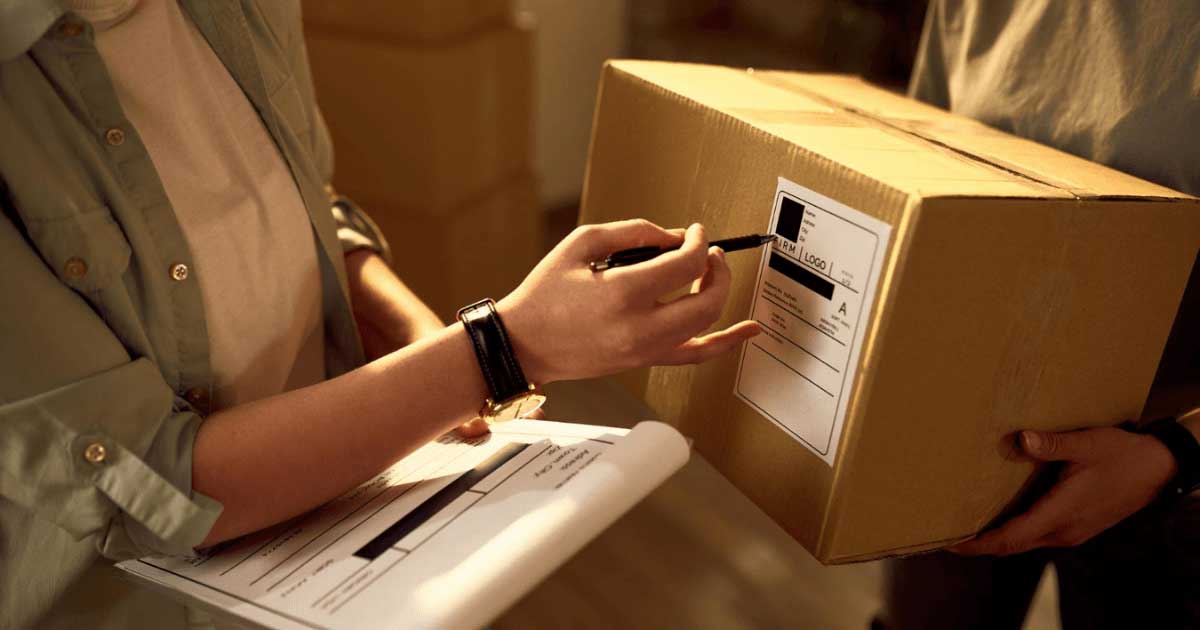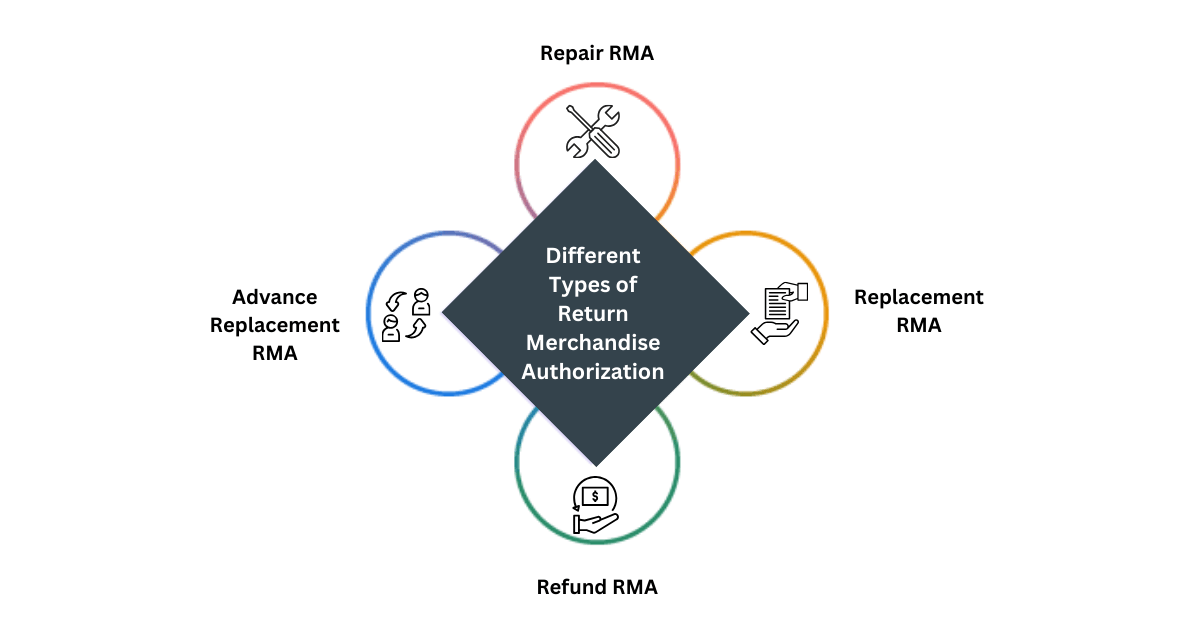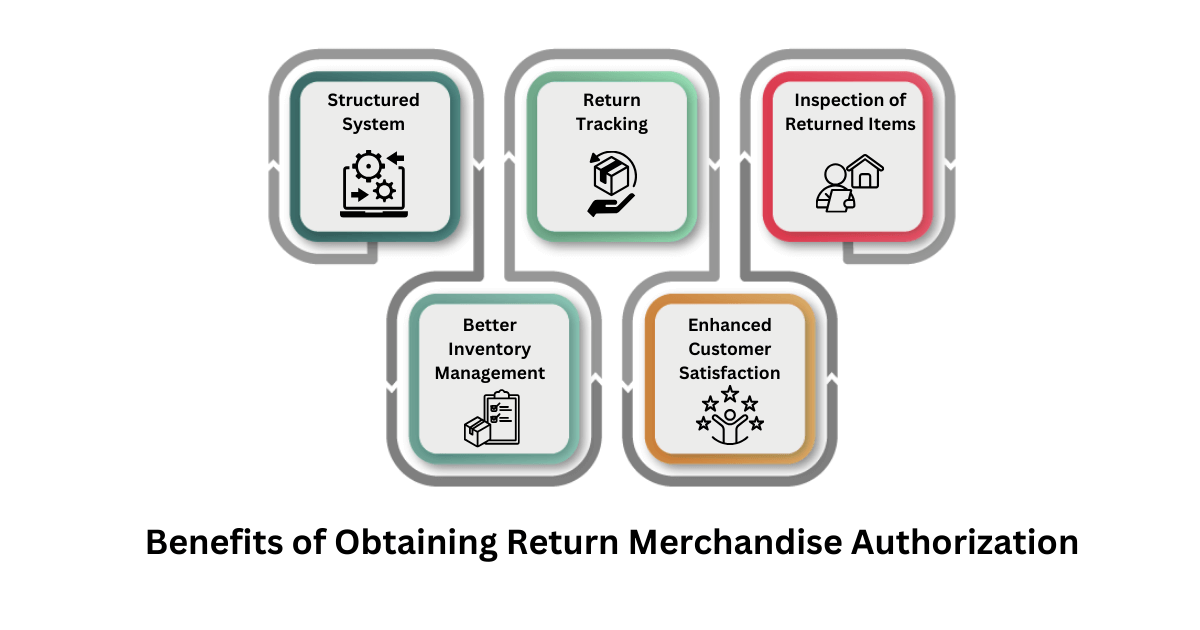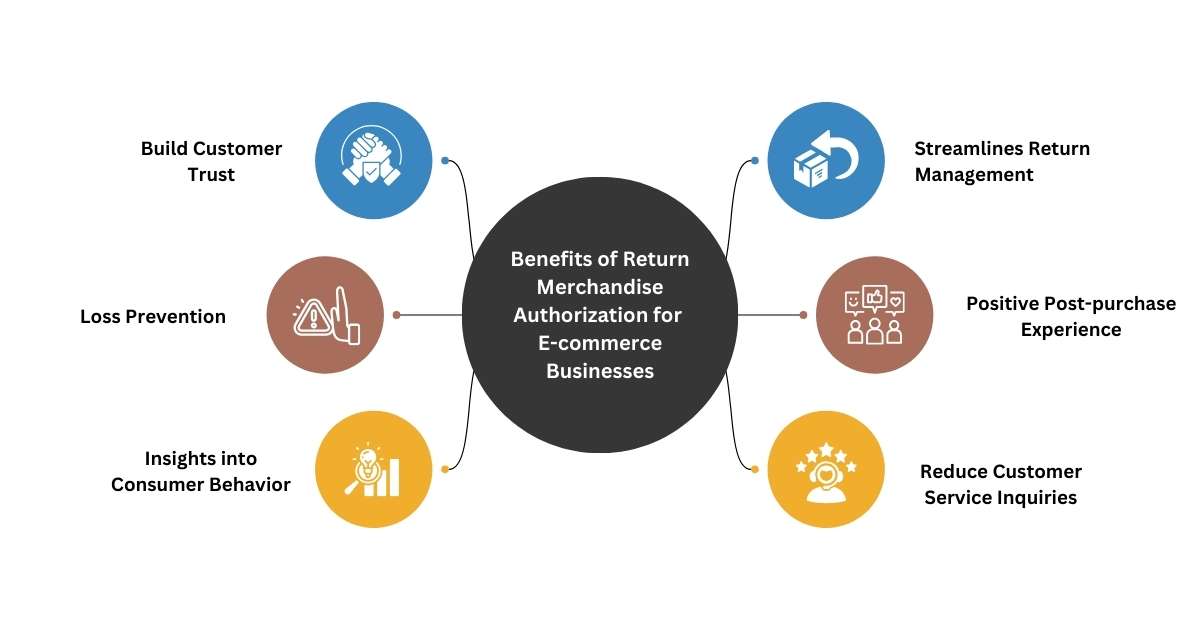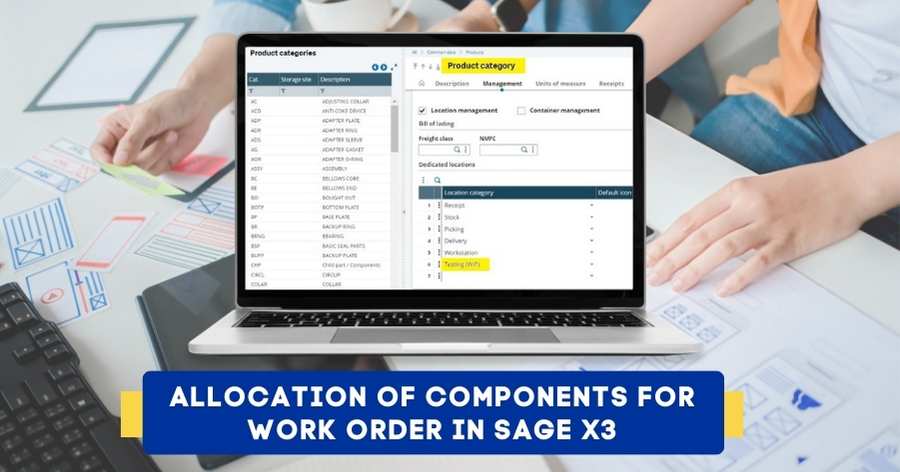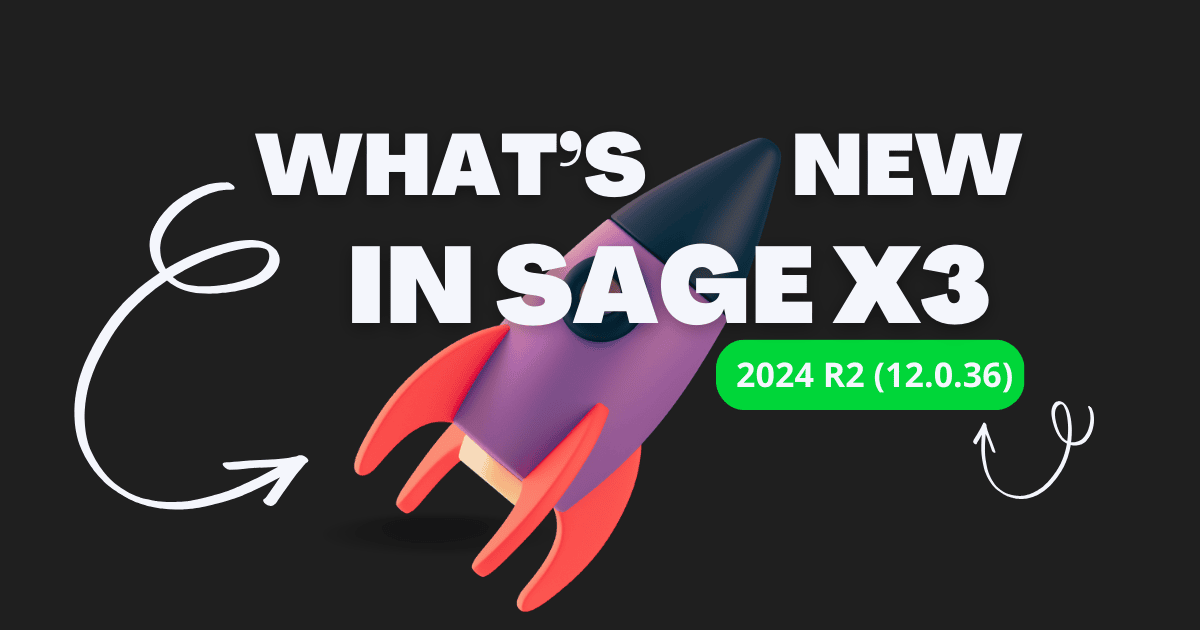What is Return Merchandise Authorization (RMA)?
Return Merchandise Authorization (RMA) is a crucial process implemented by businesses to manage product returns from customers, serving as a formal agreement from the seller that grants permission for a customer to send back specific goods. This authorization is typically required before a customer can ship an item back, ensuring a structured and trackable return process for both parties involved.
An ERP Software provides businesses with end-to-end functionality throughout the Return Merchandise Authorization process, which saves valuable time and reduces manual data entry. It empowers them to deliver unparalleled customer service, gain a competitive edge, and proactively address potential issues within their supply chain.
Different Types of Return Merchandise Authorization (RMA)
1. Repair RMA
It is issued by a Manufacturing ERP when a customer wants to return a defective product with the intention of having it repaired by the seller or manufacturer. The returned item will undergo a diagnostic and repair process, and once fixed, it will be shipped back to the customer. This option is often preferred for products that are still under warranty or when a simple fix can resolve the issue.
2. Replacement RMA
It is granted when a customer receives a faulty or damaged product and wishes to exchange it for a new or refurbished identical item as part of the refurbishment process. Upon receiving the defective product back, the seller will ship out a replacement to the customer. This type aims to quickly resolve the issue by providing a working product in place of the non-functional one.
3. Refund RMA
This type authorizes the return of a product for a full or partial refund of the original purchase price. This is typically issued when the customer is dissatisfied with the product, it doesn’t meet their expectations, or it is defective and a replacement or repair is not desired or possible. Once the returned item is received and inspected, the agreed-upon refund amount is processed back to the customer.
4. Advance Replacement RMA
In specific situations, often for critical items or premium customers, an Advance Replacement involves shipping a replacement product to the customer before the faulty item is received back by the seller. This minimizes downtime for the customer and ensures they have a working product as quickly as possible. The customer is then expected to return the original defective item within a specified timeframe.
Benefits of Obtaining Return Merchandise Authorization
1. Structured System
An ERP Application provides a structured and organized system for handling returns, preventing a chaotic influx of unrecorded and unmanaged returned goods. This ensures that each return is properly documented and tracked from initiation to resolution, reducing errors and confusion for both the business and the customer.
2. Return Tracking
Secondly, the issuance of a unique number generated by Business Management Software acts as a crucial identifier for each return, allowing for efficient tracking throughout the entire process. This number enables customer service representatives and warehouse staff to quickly access information related to a specific return, monitor its progress, and provide timely updates to the customer.
3. Inspection of Returned Items
Thirdly, the process mandates an inspection of returned items upon arrival, which is vital for verifying the reason for the return and assessing the condition of the product. This step helps businesses determine if the return is valid according to their policies and whether the item can be repaired, restocked, or needs to be disposed of, protecting against fraudulent returns.
4. Better Inventory Management
Fourthly, obtaining a Return Merchandise Authorization alongside the adoption of an Inventory Management System enhances visibility into inventory management and the flow of returned merchandise. This allows businesses to accurately update their inventory records, plan for restocking or repairs, and minimize discrepancies, ultimately leading to more efficient supply chain operations.
5. Enhanced Customer Satisfaction
Fifthly, a well-defined process contributes significantly to enhanced customer satisfaction and loyalty. By providing a clear, efficient, and trackable method for handling returns, businesses demonstrate their commitment to resolving customer issues, fostering trust, and increasing the likelihood of repeat purchases.
Limitations of Obtaining Return Merchandise Authorization
1. Time-consuming Process
It can sometimes be time-consuming for customers to initiate and receive an RMA, potentially leading to frustration.
2. Potential Disputes
The inspection process can occasionally lead to disputes if the customer and the seller disagree on the condition of the returned item or the reason for the return.
3. Technical Complexities
The process might require customers to navigate multiple steps or channels to initiate a return.
4. Customer Dissatisfaction
Strict policies can sometimes lead to customer frustration if their specific return situation doesn’t perfectly align with the pre-defined criteria.
Benefits of Return Merchandise Authorization for E-commerce Businesses
1. Build Customer Trust
Implementing the Best ERP Software in India and establishing a well-defined process builds significant customer trust and loyalty in the online environment where customers cannot physically inspect products before purchase. By offering a clear and reliable return mechanism, e-commerce businesses demonstrate their commitment to customer satisfaction, reducing purchase anxiety and encouraging repeat business.
2. Streamlines Return Management
Secondly, an efficient Return Merchandise Authorization system streamlines the management of returns across geographical distances, a common challenge for online retailers serving a wide customer base. It provides a standardized procedure for initiating, processing, and tracking returns regardless of the customer’s location, simplifying logistics and ensuring consistency in the customer experience.
3. Loss Prevention
Thirdly, a robust Return Merchandise Authorization process is crucial for effective inventory management and loss prevention in e-commerce. By tracking returned goods, businesses can accurately update their inventory levels, identify patterns in returns that might indicate product defects or fulfillment errors, and minimize potential financial losses associated with returns.
4. Positive Post-purchase Experience
Fourthly, the process facilitates better communication and transparency with online customers throughout the return journey. Providing clear instructions, updates on the status of their return, and timely resolution keeps customers informed and reduces frustration, ultimately contributing to a positive post-purchase experience.
5. Insights into Consumer Behavior
Fifthly, the data collected through e-commerce RMAs provides valuable insights into online purchasing behavior, product performance, and customer preferences. Analyzing return reasons and patterns can inform product development, website improvements, and marketing strategies, helping businesses optimize their offerings and reduce future returns.
6. Reduce Customer Service Inquiries
Finally, a clear and easily accessible Return Merchandise Authorization policy and smooth workflow with the Sales Management System significantly reduce the volume of customer service inquiries related to returns. By providing self-service options and comprehensive information, businesses can empower customers to manage their returns efficiently, freeing up customer support resources to address more complex issues.
What are the 5 Steps of the Return Merchandise Authorization Process?
1. Return Request Initiation
First, the customer initiates a return request, usually through the seller’s online portal, email, or phone, providing details about the order and the reason for the return. This initial step alerts the seller to the customer’s intent to return an item and begins the formal process.
2. Return Request Review
Second, the seller reviews the return request based on their established return policy, assessing factors like the reason for return, purchase date, and product condition. If the request is approved, the seller issues a unique number and provides the customer with specific instructions on how to proceed with the return shipment.
3. Return Preparation
As we have seen in the what is return merchandise authorization section, the customer prepares the product for return, carefully packaging it according to the seller’s guidelines, and clearly marking the provided number on the packaging. They then ship the item back to the designated address, often using a pre-paid shipping label provided by the seller or at their own expense, depending on the return policy and reason.
4. Product Assessment
Fourth, upon receiving the returned item, the seller inspects the product to verify the reason for return and assess its condition against the information provided by the customer. This inspection helps determine if the return meets the policy criteria, what type of resolution (refund, replacement, or repair) is appropriate, and determine the future course of action to meet the Acceptable Quality Limit.
5. Replacement Shipment
Finally, based on the inspection outcome and the seller’s return policy, the seller processes the agreed-upon resolution, which could involve issuing a refund to the customer’s original payment method with the AP Automation, shipping a replacement product, or arranging for the repair of the returned item. Once the request has been processed, the customer is notified about the same.
Difference Between Return Merchandise Authorization Process and Refund Process
| Return Merchandise Authorization (RMA) | Refund Process | |
| Definition | A process authorizing a product return. | The act of returning money to the buyer. |
| Purpose | To manage and track product returns. | To compensate the buyer for the returned item. |
| Initiation | Initiated by the customer requesting a return. | Typically, this occurs after the RMA and inspection. |
| Outcome | Permission to return the product. | Monetary compensation to the customer. |
| Necessity | Usually required before a return. | A potential outcome of the RMA process. |
| Focus | The physical return of the item. | The financial transaction. |
Wrapping Up
In conclusion, the Return Merchandise Authorization is a vital component of any business that deals with physical products. It provides a structured framework for managing returns, ensuring efficiency, transparency, and customer satisfaction.
Sage X3 deeply integrates with Sales Order and Inventory Management and provides you with a comprehensive solution for managing product returns, further enhanced by optional Purchase Order integration. By automating notifications, generating necessary transaction documents like credit memos and replacement orders, and offering real-time return status visibility along with insightful Return Reason Reports, it significantly streamlines the entire RMA lifecycle.
FAQs
1. What is the RMA Full Form?
The RMA full form is Return Merchandise Authorization which is a process that grants a customer permission from a seller to return a specific product for reasons like defects or unwanted items. This authorization typically includes a unique number for tracking the return and ensures a structured process for inspection, processing, and resolution, such as a refund or replacement.
2. What Does an RMA Do?
- Authorizes a customer to return a specific product.
- Provides a unique tracking number for the return process.
- Enables the seller to manage and inspect the returned merchandise.
- Facilitates the processing of refunds, replacements, or repairs.
- Helps in inventory management and data collection on return reasons.
3. What is a Return Authorization Number?
A Return Authorization Number (or RMA Number) is a unique identifier assigned by the seller to an approved product return. This number is crucial for tracking the returned item throughout the process. Customers are typically required to clearly display this number on the return packaging to ensure proper identification and processing upon arrival at the seller’s facility. Without a number, the return might be refused or significantly delayed.
4. What is an RMA Slip?
It is a document, either physical or digital, that accompanies the returned merchandise that typically contains essential information about the return, such as the number, the customer’s details, the product being returned, and the reason for the return. Sellers often provide pre-filled slips or instructions on what information to include to ensure efficient processing and accurate record-keeping.
5. Who Incurs the Shipping Costs for Returns?
The responsibility for return shipping costs varies depending on the seller’s return policy and the reason for the return. If the product is defective or the seller made an error (e.g., shipped the wrong item), the seller usually covers the return shipping costs, often by providing a pre-paid shipping label. However, if the return is due to the customer changing their mind or ordering the wrong item (and it aligns with the return policy), the customer may be responsible for the return shipping fees.
6. How Does RMA in Supply Chain Management Work?
The Supply Chain Management Tools allow businesses to handle returned goods efficiently and improve coordination.
- Centralized Return Initiation: Implement a clear portal or system for customers to request returns.
- Efficient Logistics: Establish streamlined processes for the physical return of goods, potentially involving reverse logistics specialists.
- Thorough Inspection and Sorting: Quickly assess returned items for condition and determine the next step (restock, repair, or disposal).
- Integration with Inventory: Update inventory records in real-time to reflect returned items.
- Control Process Flow: It facilitates the controlled flow of returned goods, enabling businesses to manage reverse logistics, track inventory, and analyze return data.
7. How Do I Get a Return Merchandise Authorization (RMA)?
To obtain an RMA, you typically need to contact the seller from whom you purchased the product. This can usually be done through their website’s customer service section, via email, or by calling their customer support phone number. Be prepared to provide details about your purchase, such as the order number, the product you wish to return, and the reason for the return. The seller will then review your request with the Cloud ERP. If the same is approved, they will issue a unique number alongside instructions on how to proceed with the return.
